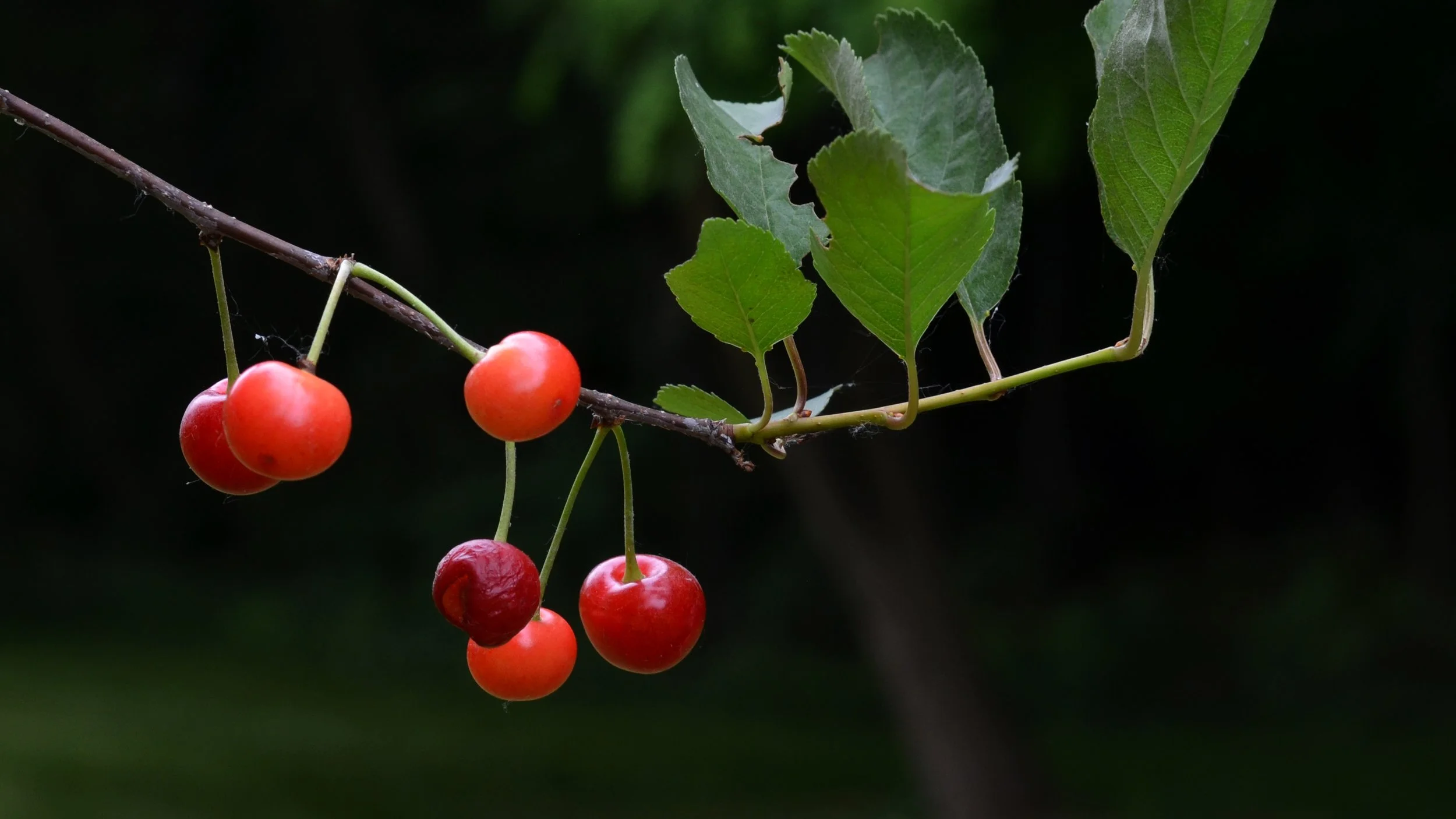Identifying damage caused by a specific animal and controlling them can be challenging. However, there are some measures that can be taken to help prevent extensive damage.
For region-specific information, please contact your local Giving Grove partner. If you would like information like this sent straight to your inbox, consider subscribing to The Serving, The Giving Grove’s quarterly newsletter.
Common Culprits & Damage:
Deer, raccoons, squirrels, voles, and rabbits are the primary culprits to most orchards. Squirrels nibble on fruit; raccoons devour fruit; deer can break off branches or scrape fruit tree trunks; voles and rabbits destroy the bark near the soil.
Squirrels, rabbits and voles are active throughout the day and night, while raccoons and deer eat primarily at night.
Birds can cause substantial damage to ripening fruits and nuts. Various tactics may be utilized to deter these “fruit thieves.”
Indicator of damages may include:
Chewing on trunks and roots
Bite marks on limbs and broken limbs
Missing fruit
Bark stripped from trunks and limbs
Timing:
Browsing damage on branches, leaves, and fruit may occur at any time.
Chewing damage to trunks and roots occurs primarily during the dormant season, especially in winters with snowfall.
Rubbing damage from deer occurs during summer and fall, as antlers mature.
Squirrels are active throughout the day and night, while raccoons and deer eat primarily at night.
Recommended Controls:
Traps (raccoon and squirrel)
Blood meal in a cloth bag to deter deer
Tree guards (e.g., trunk spirals) should be installed in early winter and removed in spring to prevent rabbits from chewing bark. Tree guards installed during the winter can prevent rodents, and small mammals from chewing on the trunk. Tree guards can also be effective in keeping deer from damaging the trunks.
Squirrel baffles installed on trees 2-3 weeks before harvest
“Trick tactics” such as:
Use scare-eye balloons (oversized eyes with foil streamers dangling below)
Plant wild berries (such as juneberries, mulberries) in close proximity as a distraction
Install noise-makers (Ex. small chimes on trees can scare deer from feedback)
Set up a decoy-crop (red craft beads hung with a thin wire)
Hanging CD’s can scare birds from berry patches
Install bird netting to create a physical barrier to trees and brambles (ensure properly installed and maintained)
Resources: Michael Phillips, “The Holistic Orchard”, Michigan State University Extension, UC-IPM, and Patrick L. Byers, Horticulture Specialist






